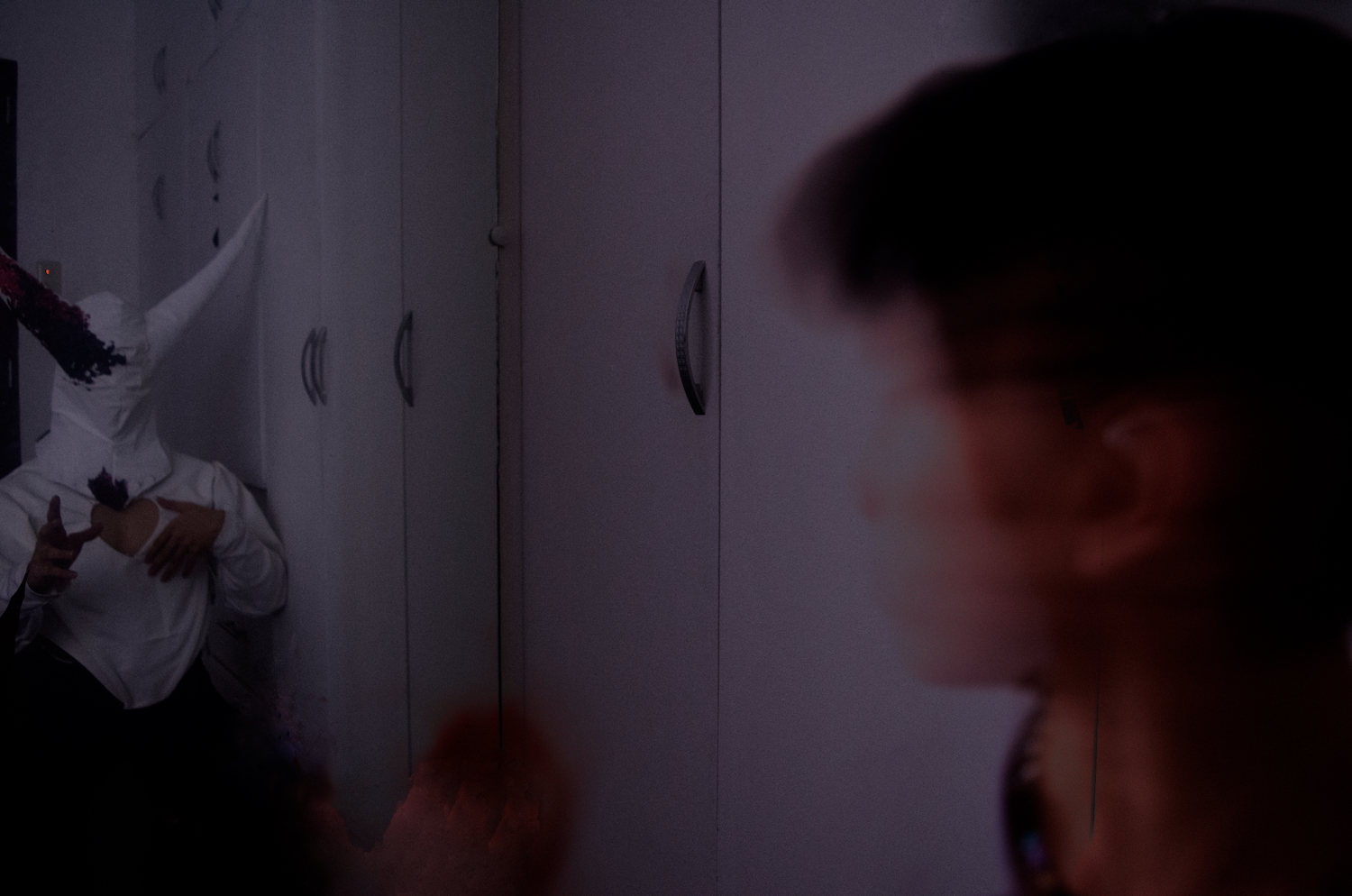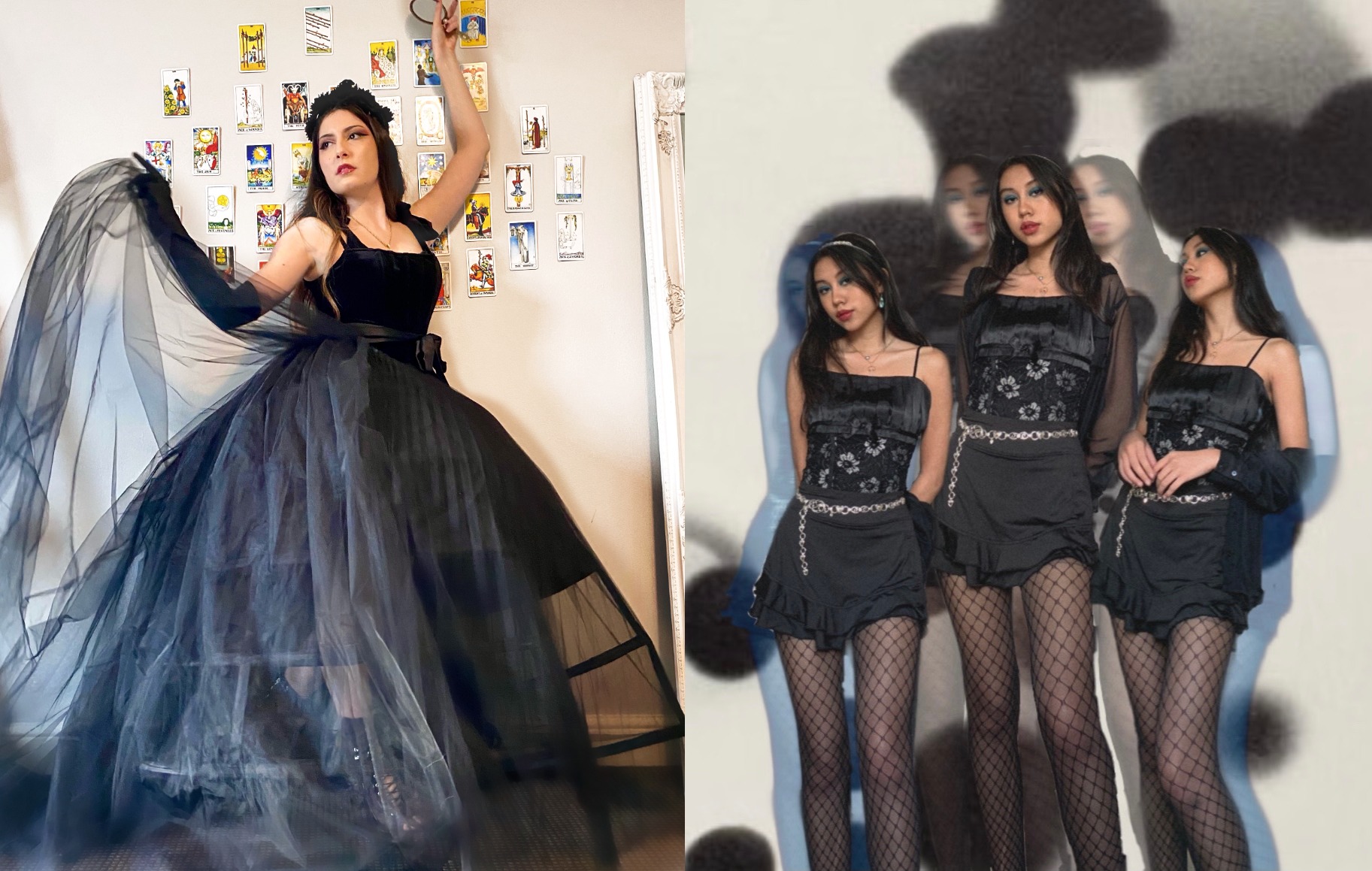If there’s one date that fashion fans count down the days to, it’s the first Monday in May — the day of the Met Gala, the annual fundraiser for the Costume Institute of the Metropolitan Museum of Art in New York. The industry equivalent to Mardi Gras, the Gala is a once-a-year parade of glitz, haute couture and celebrity, all focussed on the theme of the year’s blockbuster exhibition. In 2021 — for an event pushed back to September 13 because of Covid restrictions, due to be co-hosted by Billie Eilish, Timothée Chalamet, Naomi Osaka and Amanda Gorman — that theme is American Independence.
Much loved as it may be, the Met Gala represents a certain industry habit that has fallen out of fashion of late: exclusivity. With a guestlist fiercely guarded by Anna Wintour herself, the event is defined by the starriest names in entertainment and fashion — and has become a pop-cultural monolith in its own right, as the diamond heist comedy Ocean’s 8 and Andrew Rossi’s acclaimed 2016 documentary prove.
Arguably more than any other red carpet, the fashion at the Met Gala is the subject of the fashion community’s attention — and ire — as frank yet cutting observations like: “the funniest thing about the Met Gala is barely anyone actually followed the theme before social media started dragging them for it”, and: the 2018 “Met Gala carpet was full of amazing concepts that were executed horribly” by Twitter user @riacoseph attest. Hell hath no fury like a fashion fan scorned!
That’s especially true among members of High Fashion Twitter (HFT), a very online community of astute fashion buffs, who, for two years now, have taken the Met Gala into their own hands, working together to create a digital version of the event that caters to them: the High Fashion Twitter Met Gala (HFTMG). The best part? Everyone’s invited!
It all started with a tweet by Aria Olson, one of the HFT community’s most active members. Upon hearing the announcement of the 2020 Met Gala’s theme back in November 2019, she saw an opportunity to bring her online community together in a new way. After issuing a call to action to assemble a team to lead an HFT celebration of the Met Gala, she quickly found herself joined by ten other women from around the world: Senam Attipoe, Chloe Kennedy, Margaux Merz, Perla Montan, and Rebeca Spitz in the US; Sofía Abadi in Argentina; Alejandra Beltrán in Colombia; Jana Dragićević in Serbia; Samantha Haran in Australia; and Raebele in the Philippines.
When the 2020 Met Gala was cancelled, the HFTMG team pressed ahead with their digital event, working via calls and group chats to create a space they felt the HFT community needed more than ever. “We wanted everyone to have something to look forward to,” Samantha Haran says. Over the months that followed, fashion lovers from around the globe gathered on Twitter to discuss the theme of the exhibition, create threads about designers, inspiration and fashion history, and share their dream looks for the event on the platform. “I participated because I loved the idea of being able to join [a more democratic] emulation of an exclusive and prestigious event that celebrates the artistry of high fashion,” says Asaliah Reiiel Reyes, who participated in last year’s event. “Something that seemed so out of reach was now accessible to anyone who wanted to join” he adds.
Indeed, an egalitarian spirit and commitment to inclusivity are what define HFT. In the case of the HFTMG, it’s what really differentiates it from its IRL counterpart. “While the objective of the Met Gala is to raise money for the Costume Institute’s annual fashion exhibition, this purpose has been overshadowed by celebrity culture and the exclusivity of the event,” Alejandra Beltrán says. By contrast, “the HFTMG centres the conversation on fashion.”

For this year’s edition, the HFTMG team decided to take a step towards autonomy, parting ways with the Met Gala’s official theme to set one of their own: Horror! Officially titled ‘Faces in the Mirror: Fashion and the Horror of Identity’, the announcement was well received, to say the least. “The community has been dying for a horror-themed Met Gala for ages!” Asaliah says, barely able to contain his excitement. “Horror was always at the top of our list,” HFT coordinator Senam Attipoe concurs. “The HFT community has discussed how exciting it would be to have a horror-themed Met Gala, so in November, when an official theme wasn’t announced, we just went for it.”
Drawing inspiration from Jeff VanderMeer’s sci-fi horror novel Annihilation — which documents the ill-fated exhibition of four women into the mysterious “Area X” — Aria Olson notes how “the idea of shifting and evolving identity reflected what I think a lot of us have been going through over this past year.” She points out that the pandemic has altered the ways in which we connect, forcing many of us to be more introspective, and ponder “the natural horror of self, those questions of identity that we generally don’t think about”.
Aria is keen to add that acknowledging our fears is an important part of understanding who we are, which, for her fellow coordinator Raebele, is where fashion fits into the narrative. “Fashion usually links to a person’s identity,” she says, arguing that it could just as easily reveal the horrors within ourselves. We often speak about fashion as a tool for self-expression, but it can also operate as something we can use to mask – or unmask – parts of ourselves we may not be so keen to shout about.
“HF Twitter could do better at the Met Gala than many celebrities invited,” says one HFT member. “Concept: Met Gala but the guest list is hf twitter girlies only, these celebrities don’t know how to dress,” writes another. Well, with the HFTMG, they finally have a chance to prove it. In keeping with the theme, attendees were given five categories to pick from: the Photoset Creation category (create a digital look using pieces that relate to the theme); the Wardrobe Challenge (create a look using existing pieces in their wardrobes); Illustration Expression (showcase a look through original artworks); Brand Challenge (create a collage look using pieces from a single label); and lastly, Open Creativity (express yourself in any way you choose).
The Brand Challenge proved to be the most popular category, with labels chosen from a list drawn up by coordinators that focuses on emerging and independent names – Kiko Kostadinov, Threeasfour, and Theophilio among them. There’s also a brand exclusion list, drawn up to avoid the risk of too many participants gravitating towards the same popular brands – Gucci, Jacquemus, and Moschino being just a few. It also served a further purpose, preserving the community’s independence and integrity. “Twitter is mostly free from influencers and product placement advertising,” Samantha Haran says, “which makes the fashion discussions we have much more likely to be honest, genuine and productive.”
HFTMG is a testament to how drastically the internet has changed how we interact with fashion. We all know that platforms such as Twitter have allowed people to find and create communities with like-minded individuals around the world, but in the case of High Fashion Twitter, it’s also granted them a level of engagement with a gated industry. The High Fashion Twitter Met Gala takes that a step further, allowing anyone drawn in by fashion’s fantasy to be part of it themselves. It may be a URL precedent, but it’s one that we hope will help shape the future of IRL fashion events.
The HFTMG is also a fundraiser. The team is putting together an e-book of highlights from the event, and anyone who donates to the International Medical Corps (with proof via screenshot) will receive a copy. See all the looks at #HFMetGala2021.

